A Walk Across Nebraska
In 2004, I walked across my home state of Nebraska along Highways 26 and 30 to introduce myself to the towns and people that I never encountered while living there into young adulthood. I also reacquainted myself with the Great Plains landscape after having learned to view, understand, and document it differently (as a landscape “expert”) following my formal education. Along the way, I took photographs, kept a journal, and painted.
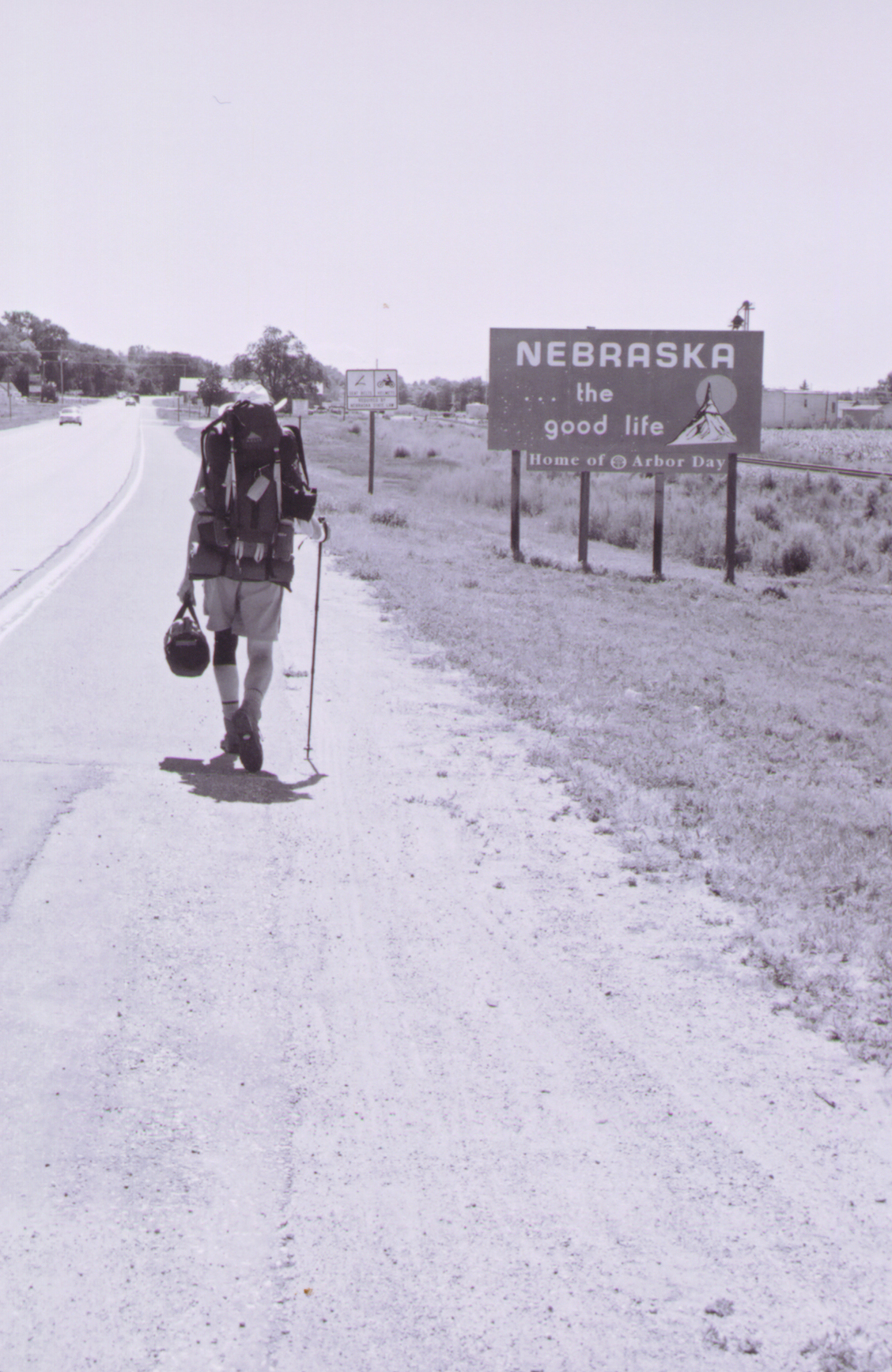
My brother, Mark, drove me to the Wyoming-Nebraska state line and dropped me off on 8 August 2004. He photographed this, my departure.
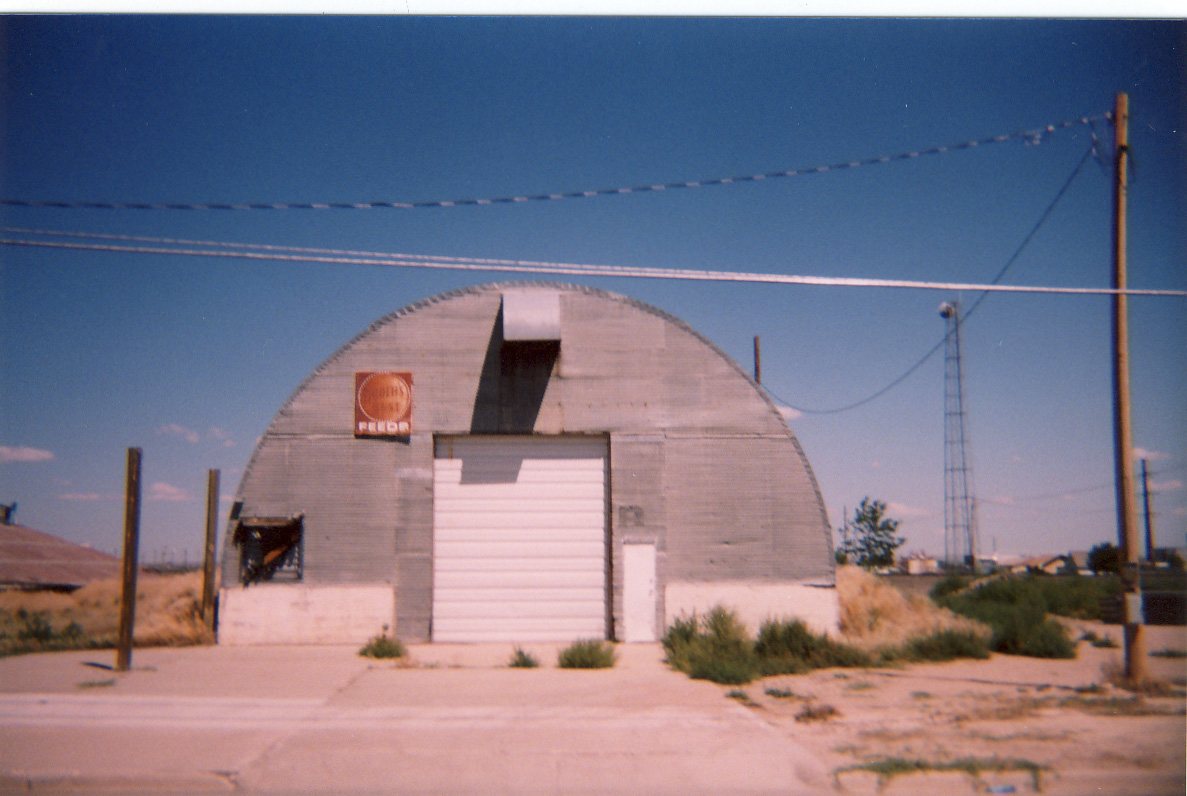
At the time, I was interested in advertisements, much like William Christenberry and Walker Evans. Christenberry, in particular, inspired me to document signs and other landscape ephemera before they disappear, and to renew them while doing so. The “Gooch’s Best” sign hanging on the building above in Gering, NE, is depicted in the watercolor painting below.
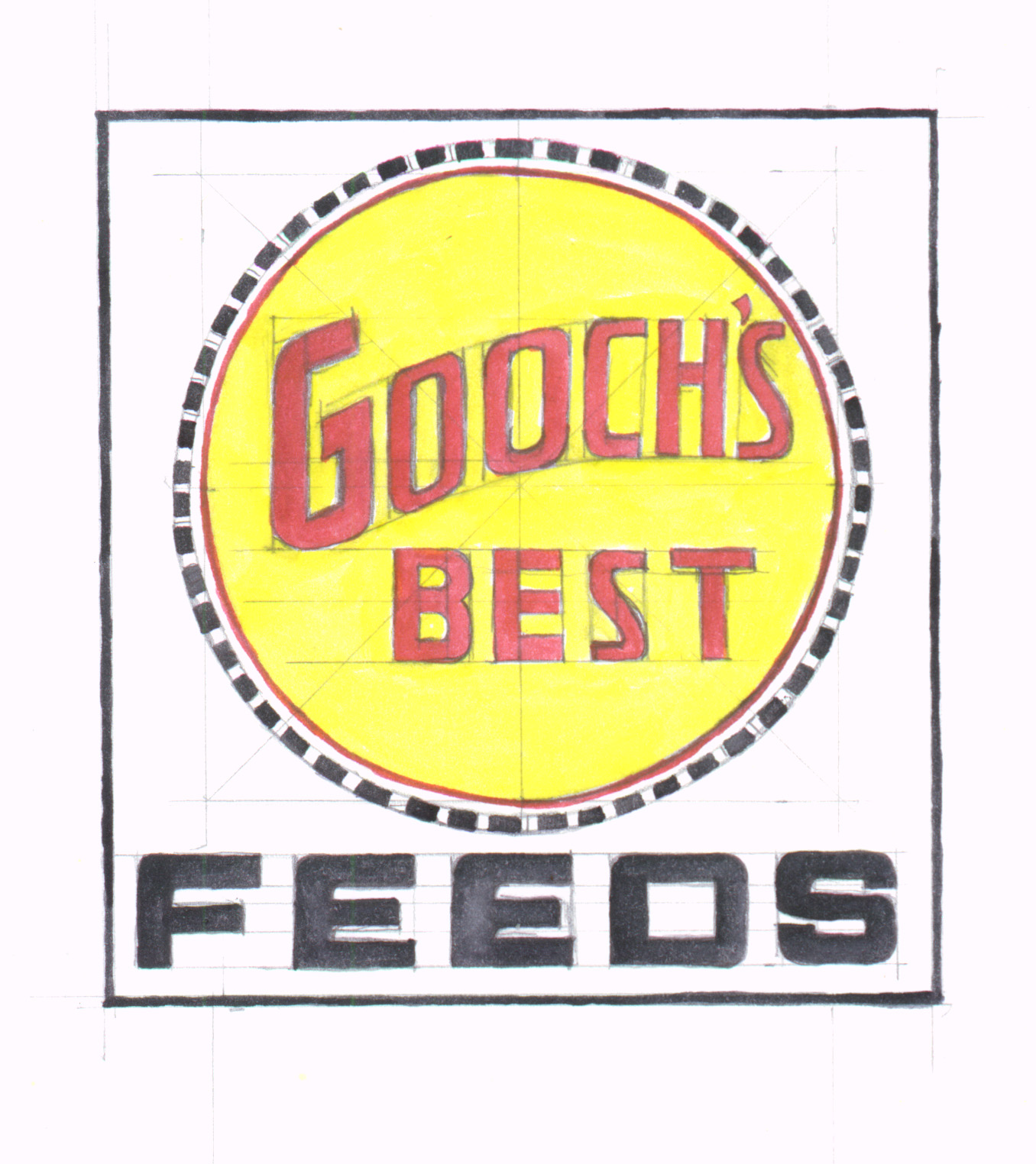
All watercolors were created using a #2 pencil, 6″ rule, 8-color tray, #0 and #00 brushes in a sketchbook. It was an early attempt to make complex, beautiful work with simple, off-the-shelf goods.
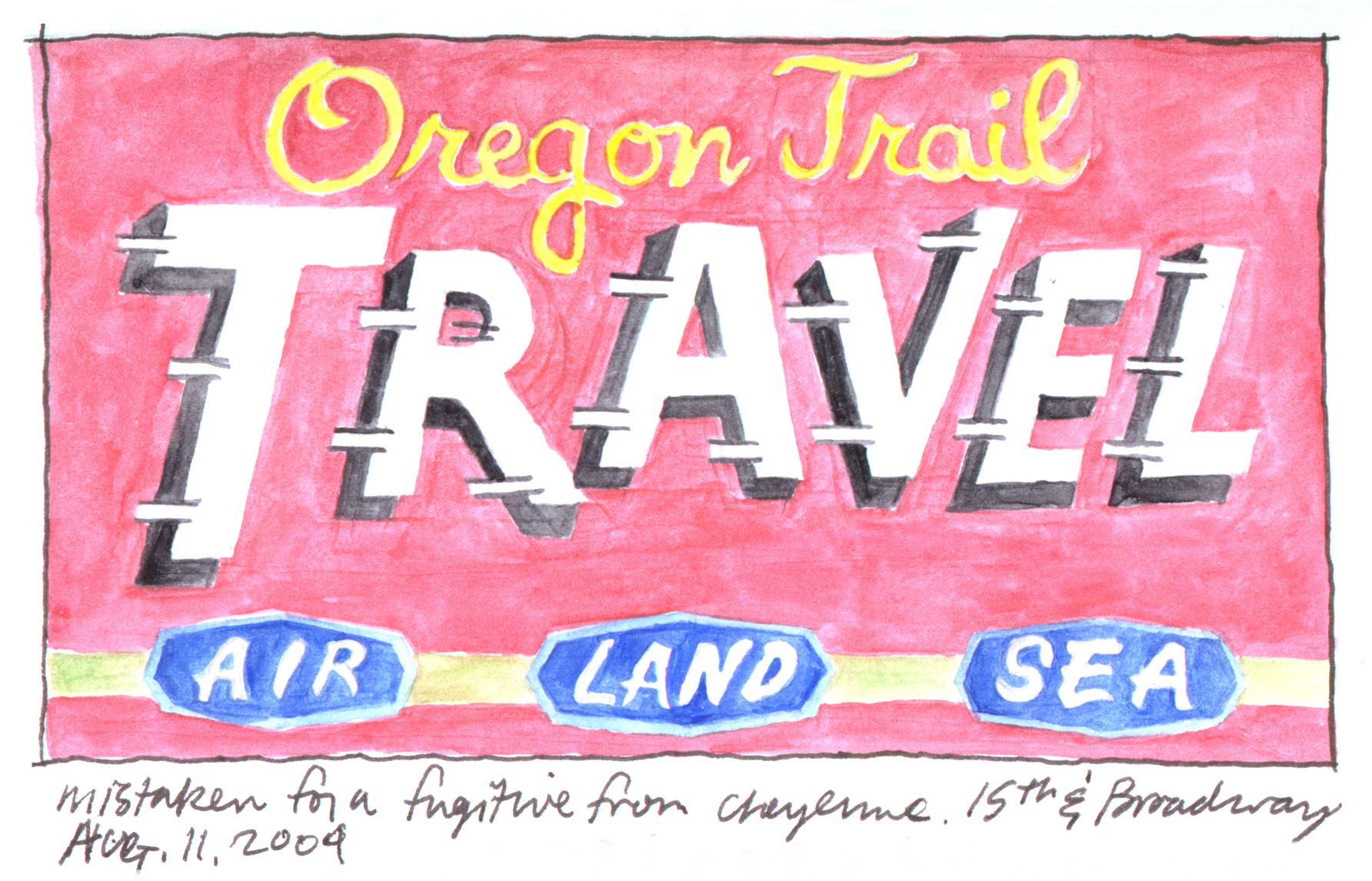
As the handwritten caption states, while painting this in an empty Scottsbluff, NE, parking lot, detectives mistook me for an escaped felon from Wyoming. After accompanying them to the police station for comparison to a mug shot, I was returned to the parking lot and finished the painting.
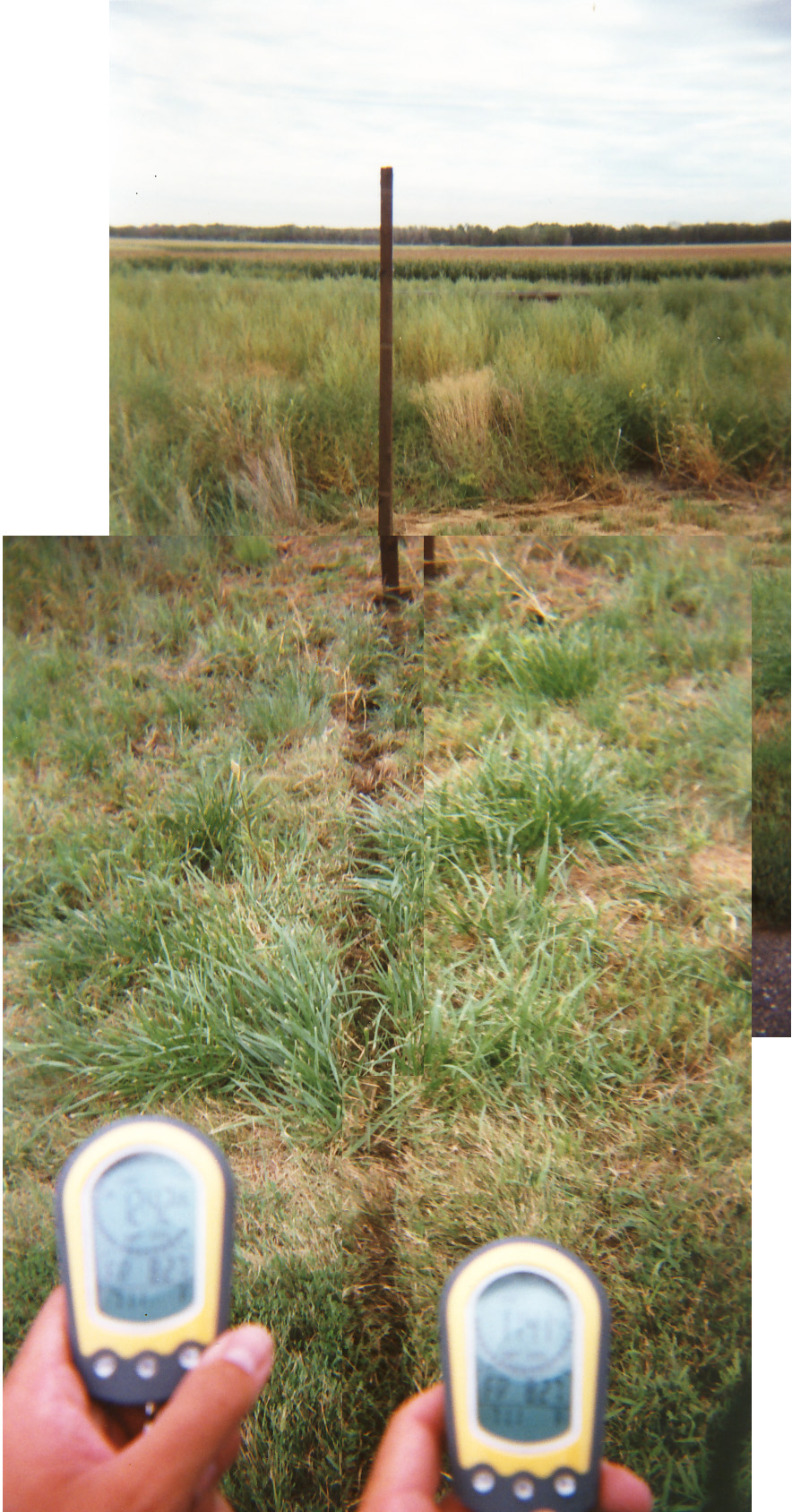
Encountering the Mountain Standard Time-Central Standard Time Zone Boundary intrigued me greatly. Suddenly, an hour of time is lost or gained, but the location where the change occurs is not evident in the landscape. Like Richard Long, I made the invisible line in the landscape visible by repeatedly dragging my heal repeatedly into the turf. This experience, along with crossing the 100th meridian, eventually resulted in the GREAT PLAINS QUARTERLY article, “Joining the Great Plains in place, space, and time.”